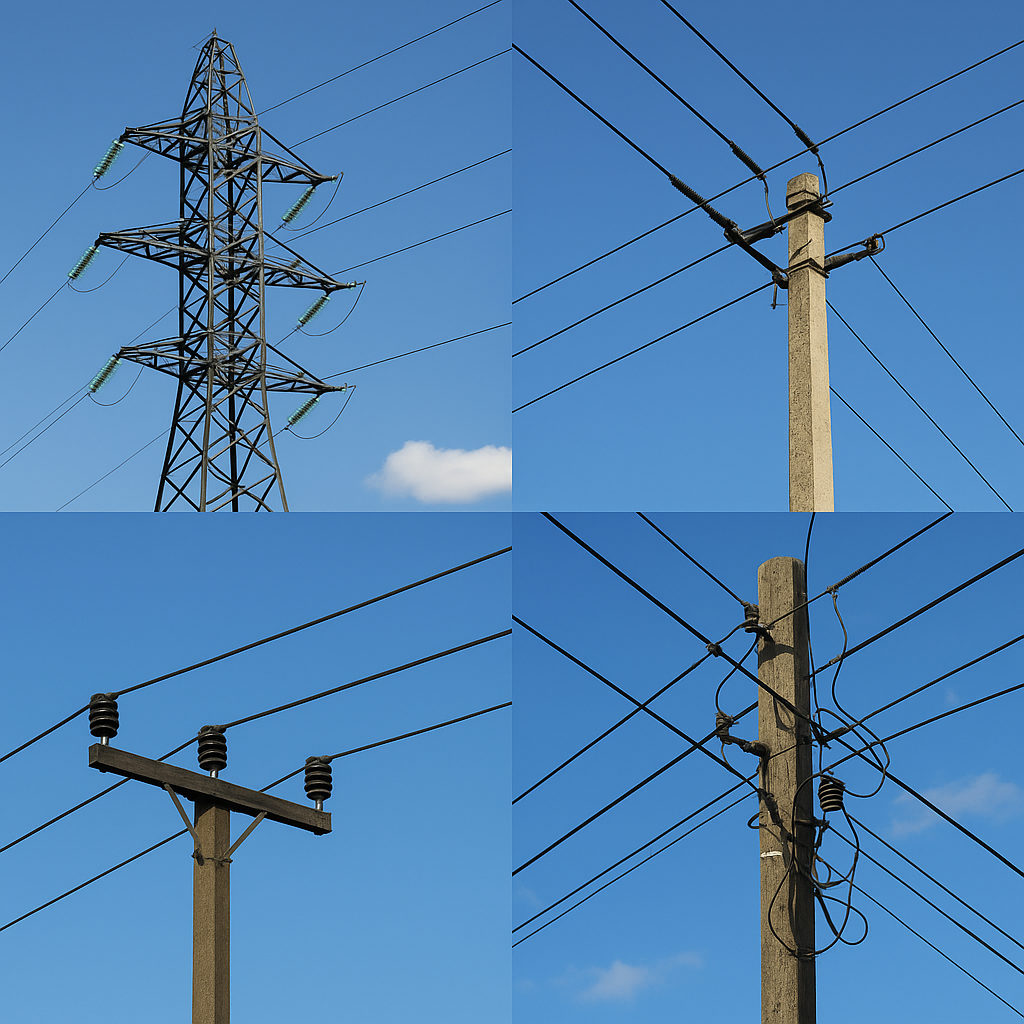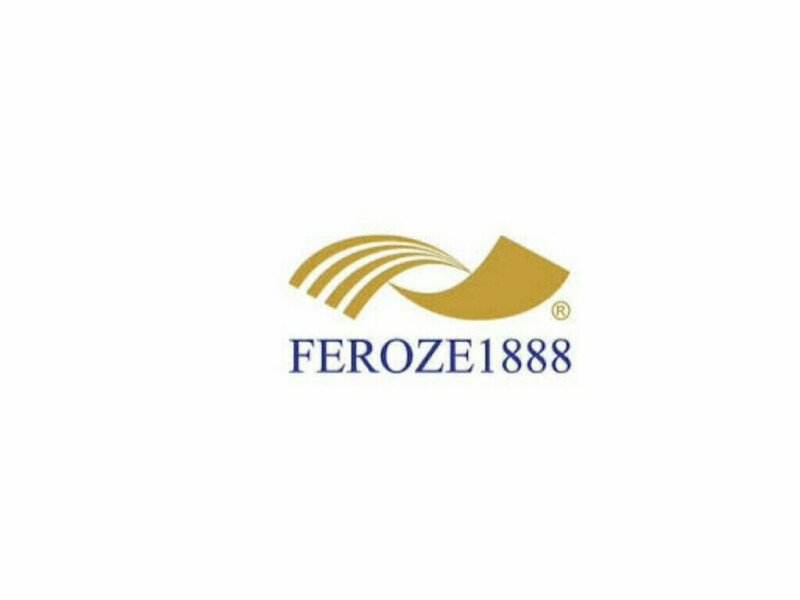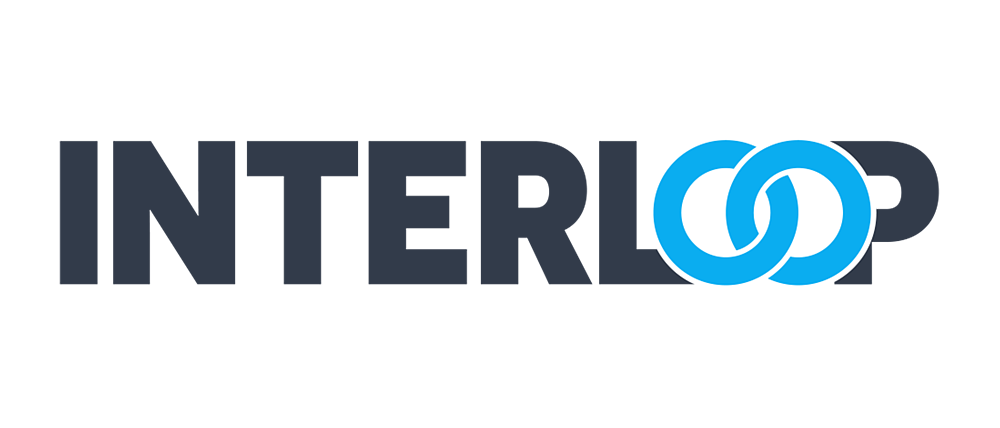When I began reviewing Fast Cables, one of the leading cable and wire manufacturers in Pakistan, I was impressed by the strength of their sales, profit margins, and consistent bottom-line growth. On paper, the company looks robust positioned well in the expanding power infrastructure and industrial electrification market.
But a deeper dive into the cash flow statements reveals a more complex story.
💸 Despite strong profitability, operating cash flow is volatile sometimes positive, sometimes negative. Why? Two key reasons:
1️⃣ High Trade Receivables – Indicating delayed payments from customers, likely tied to large credit-based B2B contracts or government-linked infrastructure clients.
2️⃣ Rising Inventory Levels – Due to high production in low demand market and bulk purchasing of raw materials (like copper or aluminum) or slow movement of finished goods.
The cable & wire industry in Pakistan is cyclical and closely tied to:
1-Construction & housing demand 🏗️
2-Power transmission & infrastructure projects ⚡
3-Industrial and commercial electrification 🏭
Because of this, high receivables and inventory are common, especially when builders delay payments. Government-funded projects face disbursement lags. Firms stockpile raw materials during price dips.
📉 However, excessive buildup beyond industry norms is a liquidity red flag, not a healthy sign.
📌 Industry Benchmarks :
🧾 Receivable Days: ~60–90 is acceptable; >100 is concerning.
🏭 Inventory Turnover: Efficient players keep this tight to avoid obsolescence.
💰 Operating Cash Flow / Net Income: Ideally >1 over time for earnings quality.
✅ Monitoring working capital trends, improving collection cycles, and optimizing inventory will be key for sustainable growth not just for Fast Cables, but for the entire cable & wire sector in Pakistan.
💬 Curious to hear thoughts from others following the industrial manufacturing or electrical equipment sectors.
How Fast Cable Limited Company Have Giving More Profit But Not Generating Enough Cash


